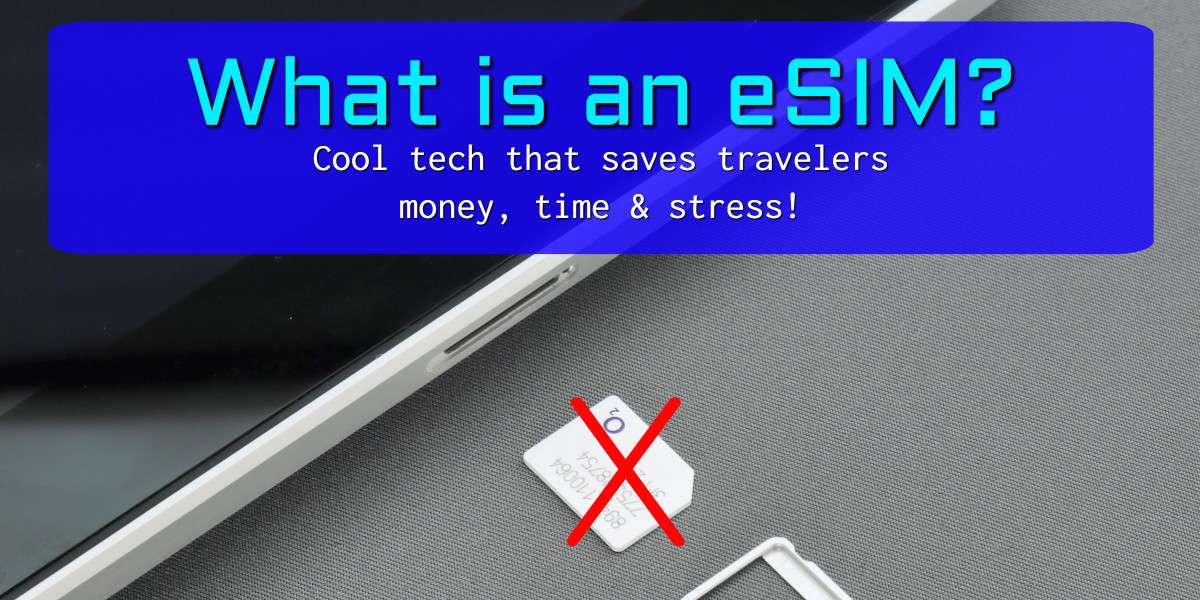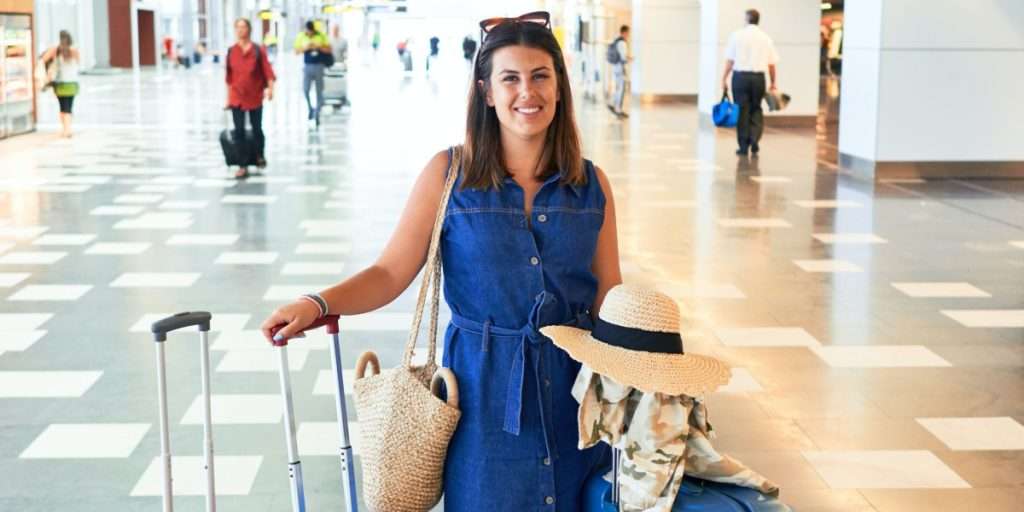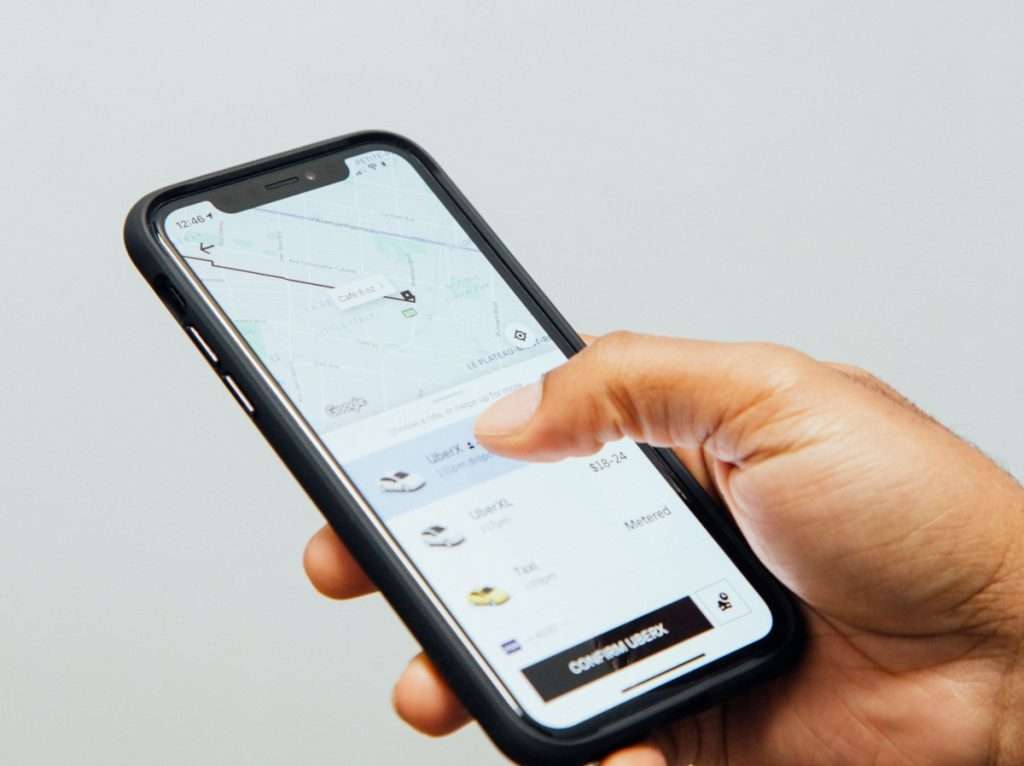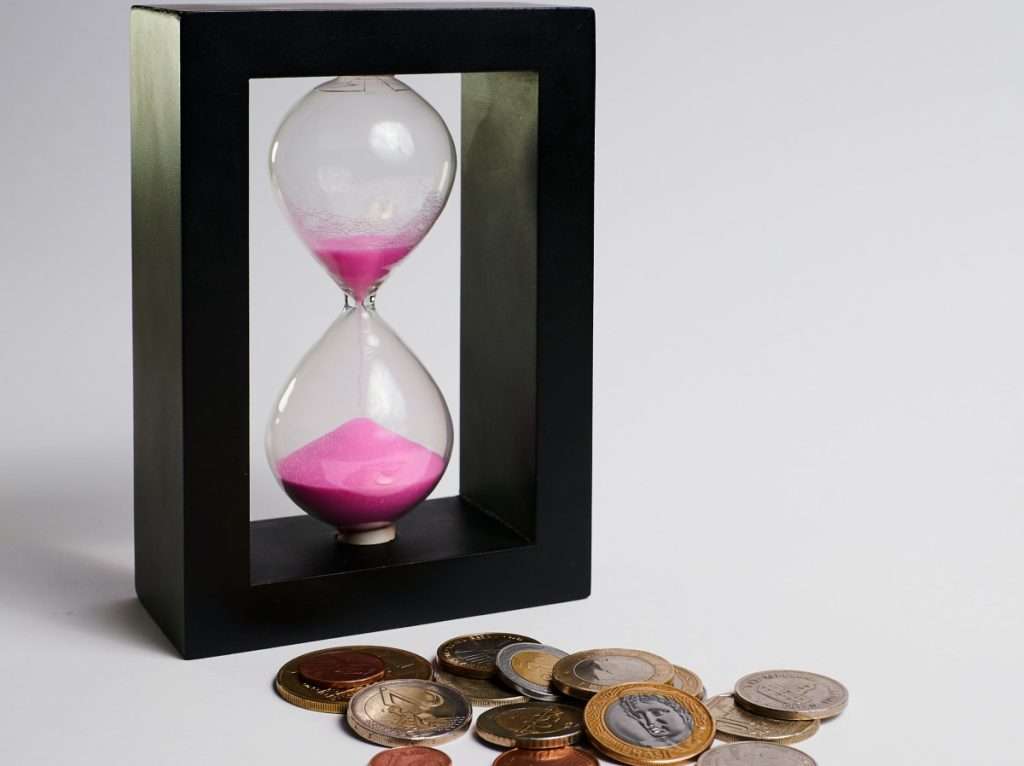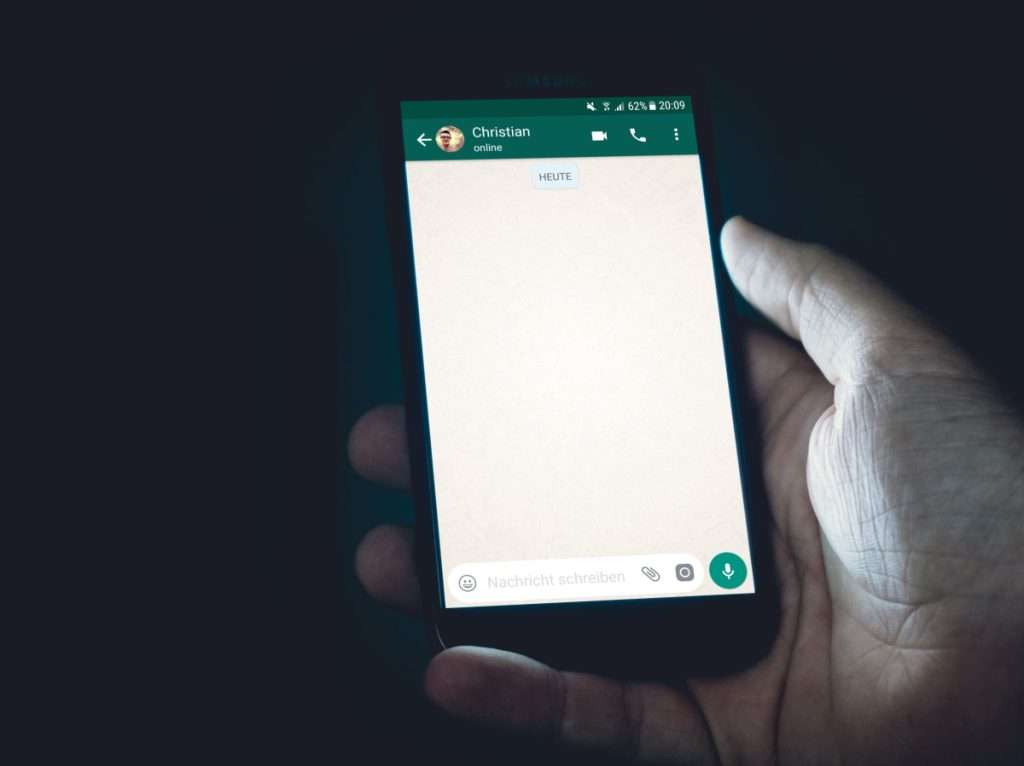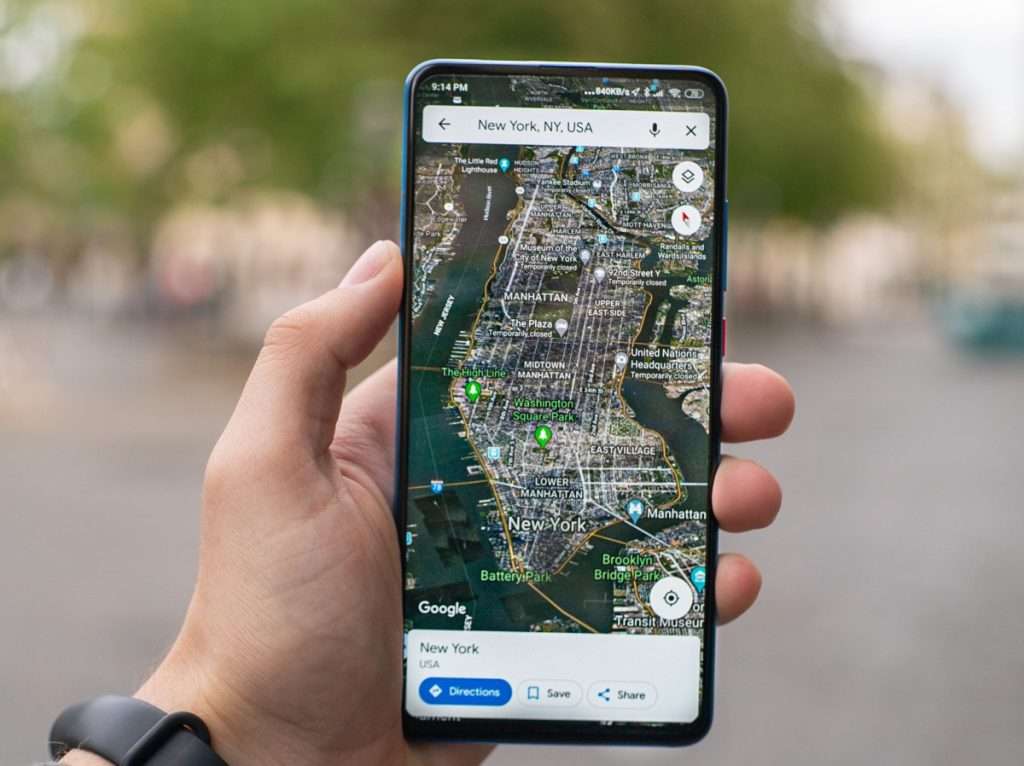We crossed into Pakistan from India yesterday. Despite being seasoned travelers, we still faced the same old problems we’d encountered many times before. I’d spent hours the preceding week finding out what an eSIM is, which would have made most of our problems disappear. So we knew the solution, which made our situation even more frustrating as we couldn’t implement it.
I’d investigated Airalo eSIMs to see if they warranted adding to our Staying Connected page in the Travel Resources section. For just 5 USD, I could have had 1 GB of data with a Pakistani network, which would have been more than enough for the first few days while we sorted local SIMs.
Unfortunately, our phones are too old to take one as they are both over three years old. This is a total pain because having an Airalo eSIM in just one of our phones would have saved us quite a few headaches in the last 24 hours, not to mention time and money.
Note: we also don’t have HOME SIMs. We switch them in and out as we arrive at a new destination, including when we visit Australia. Hence, we couldn’t incur massive roaming charges even if we wanted to.
Also, we’re rarely in one spot long enough to get the relevant physical SIM card sent to us beforehand. This is another option for those who don’t want to update their phones but have a stable address and time to have one delivered. (Check out global SIM cards on the Staying Connected Resource page.)
So if you have a newer phone (especially an iPhone that no longer takes physical SIM cards), read on so you can destress your arrival in a foreign country for the cost of a cup of coffee.
Let me explain what an eSIM is for those of you (like us!) for whom they are a new phenomenon:
What is an eSIM?
An eSIM is a digital version of a physical SIM card that allows you to activate a phone plan from a carrier without using a physical SIM. So rather than replace the fiddly plastic thingy, you download the eSIM directly to your phone.
That’s the formal definition. My definition of what an eSIM is:
Cool tech that solves many of the issues commonly experienced by travelers when arriving in a new country!
What problems does an eSIM solve?
Not everyone will have all of these issues, but I’m betting the majority of you will have at least some.
Save Money, Time, and Stress
An eSIM solves the pain of high roaming bills by giving travelers access to eSIMs (digital SIM cards). This is not one of our issues, but I’m sure many of you can appreciate this benefit.
-
In some countries, you can choose your preferred local provider at your destination directly and download your eSIM beforehand. However, it’s not always worth the time and trouble it takes to work out the best one and jump through all the bureaucratic hoops, especially if you’re only visiting for a few days. eSIM providers like Airalo and Holafly allow travelers to download and install a digital data pack for over 200 countries/regions and get connected anywhere in the world as soon as they land.
-
You can access various eSIMs available for different countries and regions. As a tourist or traveler hopping from country to country, you don’t even have to buy a card for a specific country. Instead, you can buy a regional eSIM. For example, there are eSIMs available for the entire continent of Europe. Gone are the days of juggling fiddly pieces of plastic and trying to keep them safe, undamaged, and organized on a long trip. I don’t know about you, but I’ve never got one into my phone the first time!
With a functioning eSIM On Arrival in a new country:
-
You can access the Internet (from virtually any country on the planet) without paying excessive roaming charges. Meaning you have transport options, navigation functionality, and communication options as soon as you arrive, even if all the local SIM shops at the airport are closed and the WiFi is non-existent or crap.
-
You don’t need to waste your time getting a local plastic SIM card. An eSIM can be activated either immediately after installation or upon arrival at your destination.
-
You can keep your home SIM card and number for things like 2FA on your banking and apps.
Our experience without an eSIM
Let me recount our experience crossing the Wagah border from India to Pakistan, which is about 25km from our Hotel in Lahore.
Problem 1
We’d changed our remaining Indian rupees to Pakistani rupees on the Indian side of the border and had 4200 PKR. (Plus some small USD and Euro for emergencies.) Our research told us a Pakistani bank took international cards about 50m from our hotel, so we knew (thought) we could get cash there.
After crossing the border, the first people we ran into were the taxi touts offering us a ride to our hotel for the extra special price of 4500 Rupees. We assumed they were quoting Pakistani rupees (1 USD = PKR), but it turned out late the price was even worse because they wanted Indian Rupees (1 USD = 82 INR). More on that later.
We knew the prices were inflated because:
a) We had done our homework and knew it should be around 1500 – 2000 PKR (but we also knew inflation is rampant in Pakistan, so we were prepared to be flexible.)
b) They are taxi touts on an international border and always try to screw new arrivals who haven’t yet worked out the new value of things and the new exchange rate.
Anyway. We had time and knew the buses were bringing spectators to the flag-lowering spectacle that would start arriving in an hour or so, and the prices would come down as soon as that option became available to us. So we found some shady seats to relax on while the taxi dudes used their usual high-pressure tactics, which had absolutely no effect on us. (Much to their frustration.) As time ticked away, and the reality that we would hop on a bus got more real, one guy finally broke up with the taxi mafia and said 2500 rupees (about 8.80 USD), so we agreed. (He tried the …it’s INR when we got to the hotel, but we weren’t having any of it.)
If we’d been able to download the Airalo eSIM for Pakistan and activate it before we arrived, I would have just called a car on Careem, the local ride-sharing app. Or had a price to show as a bargaining chip.
Problem 2
The hotel took our credit card without problems, but we had very little cash and needed physical SIM cards.
Murphy is alive and well.
-
The first two banks close to our hotel that should have dispensed cash were out of order.
-
Without cash, we weren’t sure if we could get SIMs. ( It was cash only in India.)
-
Without SIMs, we couldn’t search for alternative ATMs nor use Careem to get to those a bit far away for walking. (It’s around 37C here atm and during Ramadan, so eating and drinking in public is a no-no – even water.)
It all worked out in the end after 3 hours and about a 5km walk in the heat and traffic.
-
We stumbled upon a JAZZ office (one of the more popular phone companies) and got two SIMs as they accepted credit cards. It took almost an hour to get sorted due to the amount of bureaucracy – passports, visas, and we thought fingerprints (but the last didn’t eventuate.)
-
We could then find the nearest Standard Chartered Bank up the road, which gave us cash.
-
We now have the Careem app working with our new phone numbers, so we can get out and about to see the sights WITHOUT having to haggle with taxi and auto drivers.
Had we had an AirAlo eSIM, we could have saved ourselves a bunch of time and effort.
Problem 3
I tried to log into the guest wifi in the JAZZ office the security on my phone wouldn’t let me. I think because of the Pakistani IP address. Without gaining access, I couldn’t activate the VPN to circumvent that. So we absolutely needed the SIMs because we may have similar issues with other public WiFi.
I wouldn’t have needed the WiFi if I had activated the Pakistani AirAlo eSIM.
Other times an eSIM would have solved problems on arrival in a foreign country.
Instance 1.
We’ve been in and out of Ho Chi Minh City more than a dozen times. We know exactly:
-
where to get cash,
-
which SIM card to get for our stay
-
how to get a ride-share cab to avoid the horrendous taxi scams at the airport.
But the SIM shops don’t stay open all night. So you can’t get a physical SIM card if you arrive late at night or early in the morning. Getting a SIM card outside the airport can take time and energy I’d rather spend enjoying myself. So an eSIM card would be perfect for when we only stay a week or so.
Instance 2
The last time we arrived in London, we had our bikes and everything we needed for bicycle touring and backpacking adventures. In all, 40kg of luggage. Way too bulky to get on a train. Way too expensive to arrange transport to our destination.
Our mate kindly volunteered to pick us up in his van. However, the parking costs at London airports are extortionate, so he waited down the road until we’d arrived and had our baggage to come and pick us up. But, the airport wifi didn’t work in the parking lot. So we had to take everything to the pick-up point. Then I had to return to the wifi signal to explain where we were. Damned inconvenient and fraught with potential mix-ups.
He lives in a small village, so it took us three days to get to a place where we could get a physical SIM. Every time we left his house, we had no connectivity.
A 5 USD Airalo eSIM for the UK would have ensured the pick-up was stress-free and tided us over for a week.
Instance 3
We arrived in Budapest on an evening train and found our Airbnb using Tim’s memory and navigation skills. But we then needed to ring the host to come and let us in. Thankfully, there was a kind passer-by to help us out.
With an eSIM, we could have rang on WhatsApp.
Instance 4
We have a 14-hour layover in Qatar on the way back to the UK. I want to get a transit visa and explore a bit of Doha. Tim would prefer to hang in the airport. I have no sense of direction and rely heavily on my phone to get around. But, because I can’t download an eSIM and don’t want to go through the bureaucracy to get a local SIM for a few hours, I’m likely to be roaming blind and won’t be able to contact him if anything goes wrong. I’d be okay if I could download a 5 USD eSIM for Qatar, giving me 1GB of data.
I’m sure there have been many more challenges we could have overcome over the years, but these four sprang to mind immediately.
Our plans now we know what an eSIM is.
Tim’s phone is the one that needs replacing most. When we return to the UK, he’ll get a new one and can see what’s on offer. (Please let us know in the comments if you have any suggestions for a midrange phone that’s not too techy but has a good camera.)
Now we know what an eSIM is, we’ll download one before arriving in any new country unless we are 100% certain we can get a physical SIM on arrival. For 5 USD, it’s not worth the hassle not to.
At the moment AirAlo has some great deals, with a 15% discount for new users and 10% off for repeat customers. So we’ll probably give them a whirl first to do an in-depth performance review. You can access the promo codes on the GREAT DEALS page.
But for now, we’re off to explore Lahore!

